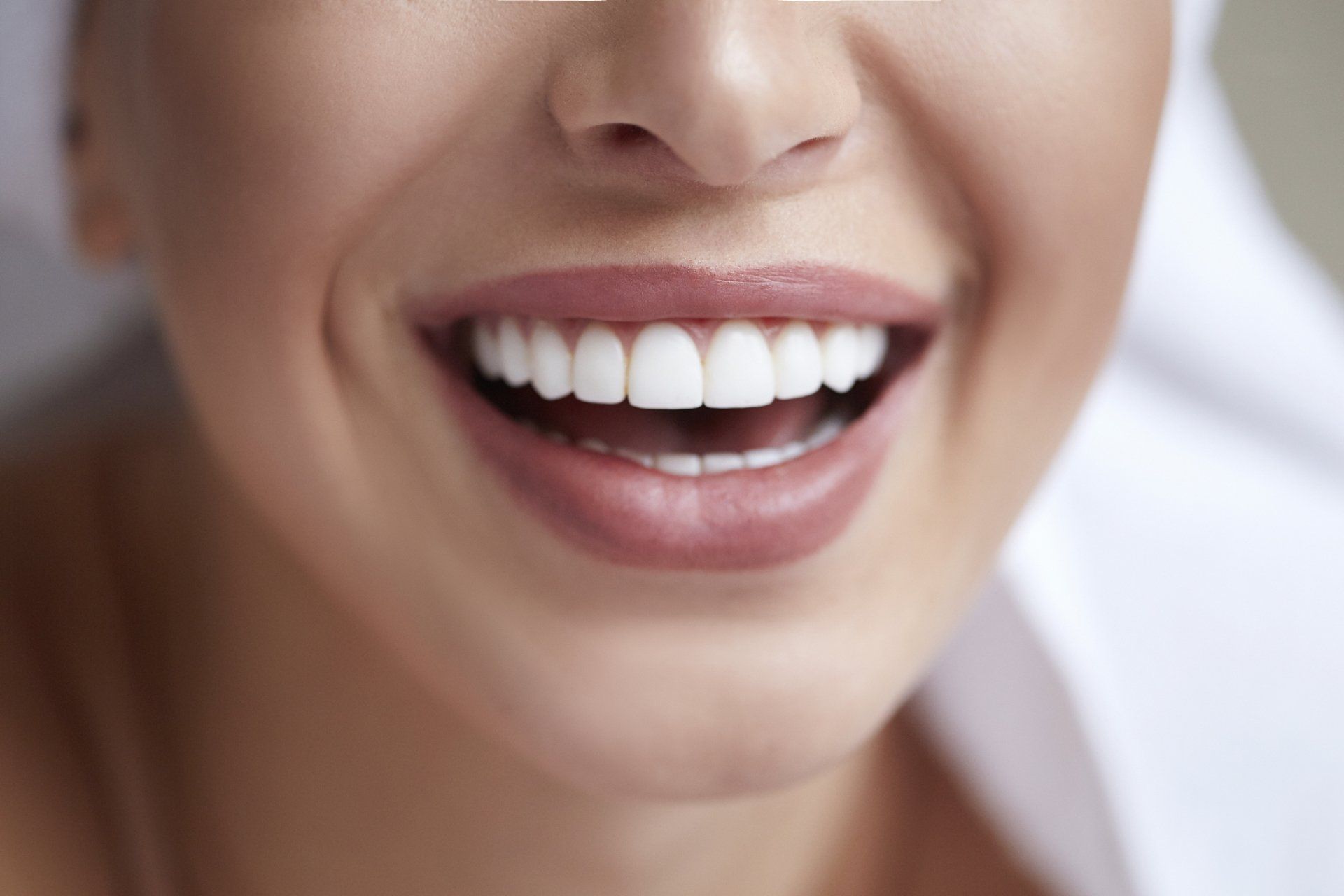Teeth Shifting: Causes, Effects, and Solutions

You might think of your teeth as immovable objects set into your jawbone, when in reality they can and do shift their position over time. A variety of conditions and stimuli can cause teeth to move either toward each other or away from each other. This movement can result in bite alignment problems or unsightly gaps in your smile.
You can deal with this issue more effectively once you understand the basic causes, effects, treatments, and preventative measures associated with it. Here are some key points to guide your way.
Why Teeth Shift Position
A tooth attaches to its socket by means of a fibrous joint called a gomphosis. The tooth's periodontal ligament connects the socket to the outer layer of the tooth's root or roots. The periodontal ligament may affix the tooth in place fairly securely, but it can also stretch and move under the right conditions.
Age
Age plays a major role in the natural shifting of teeth. As you grow older, you can expect your teeth to move forward slightly in your mouth. This process may eventually crowd your front teeth to the point that you find it difficult to floss between them. The teeth may also become crooked as they press against each other.
Tooth Loss
Tooth loss presents a natural opportunity for teeth to shift, since they no longer have adjacent teeth holding them in their usual position. As these teeth shift, they create more space for other teeth to shift, eventually throwing your bite out of alignment - a problem known as malocclusion.
Hormonal Changes
Hormonal changes may contribute to teeth shifting. For example, pregnancy-related changes include increased production of a hormone called relaxin. Relaxin loosens ligaments, which may have an impact on the teeth's periodontal ligaments. Hormonal changes can also alter blood flow to the gums.
Other Factors
Other factors that can encourage teeth shifting include smoking, acid erosion due to reflux disease or heavy alcohol consumption, and bruxism (nighttime tooth clenching or grinding). Even your sleep position may make you more vulnerable to teeth shifting, with stomach sleepers experiencing more trouble in this regard.
How You Can Correct and Prevent Teeth Shifting
Appliances such as braces can correct bite alignment problems caused by teeth shifting. The gentle forces exerted by the braces use the periodontal ligaments' natural elasticity to move the teeth back into their optimal positions. Plastic aligner trays can perform this same task in many cases of malocclusion.
Bear in mind that once you have corrected the position of your teeth, you must take steps to maintain that correction. If you have missing teeth, ask a dental team about tooth replacement options such as bridges or implants. These appliances can keep the proper amount of space between your remaining teeth.
A night guard may help you if you clench or grind your teeth. Your dentist can create a sturdy plastic device that fits your teeth precisely, holding them in position while also protecting them against abnormal forces. You may also receive advice on stress relief and other strategies for easing your bruxism.
If you worry that the time, effort, and expense you put into braces might come to nothing due to continued teeth shifting, keep wearing the retainers that came with your braces on a nightly basis. These devices can help to preserve your hard-won new dental alignment. Replace a broken or lost retainer immediately.
Lifestyle changes can make a big difference in controlling (or preventing) a teeth shifting problem. Drink alcohol in moderation, don't smoke at all, and look for a pillow or other support to help you sleep on your side or your back instead of your stomach. If you have acid reflux, ask your doctor about treatment options.
Rabel Family Dentistry can help you keep your teeth where they belong for many years to come. Contact our office to learn more and schedule a consultation.






